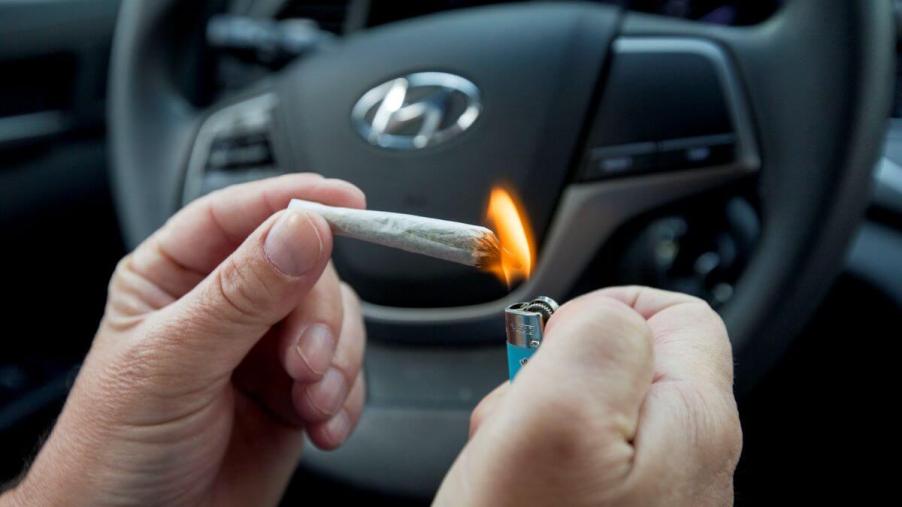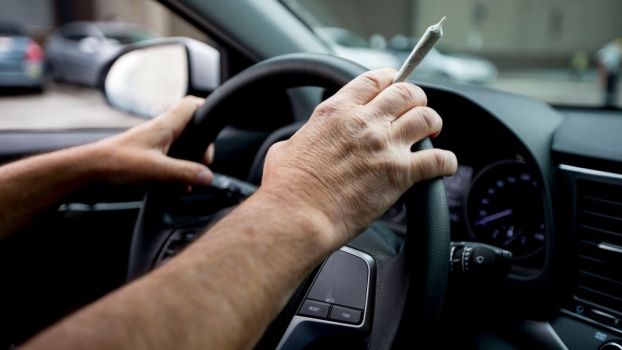
What Does a Police Marijuana DUI Sobriety Test Look Like in 2023?
In 2023, as the landscape of marijuana legalization continues to evolve across the United States, law enforcement faces new challenges in identifying and addressing marijuana-related DUI incidents. Even though it’s legal in 18 states, Marijuana DUI tests have taken center stage, with police using innovative methods to detect impairment. Let’s see how these car safety tests work and explore the differences between marijuana and alcohol-related DUI tests.
The rise of marijuana use and driving
Before we dive into the tests themselves, it’s essential to acknowledge the growing concern around marijuana-impaired driving. With the legalization of recreational and medical marijuana in various states, there has been a noticeable uptick in weed-related driving while impaired (DWI) incidents. States where marijuana is legal have seen higher rates of marijuana-related DWIs. This underscores the importance of effective testing methods for marijuana impairment on the roads.
Traditional DUI tests vs. marijuana DUI tests
Traditional DUI tests, primarily designed to detect alcohol impairment, often involve standardized field sobriety tests, like the walk-and-turn, one-leg stand, and the horizontal gaze nystagmus test. However, these tests aren’t always effective in detecting marijuana impairment, as the effects of marijuana on a person’s coordination and cognitive abilities are different from alcohol.
Testing for marijuana DWI
So, how do law enforcement officers test for marijuana use? Unlike alcohol DWI, there isn’t a breath test equivalent to detecting marijuana impairment. Instead, officers may have the driver do sobriety tests to gather evidence of marijuana intoxication during traffic stops. Below are some of the tests according to Deandra Grant Law:
Blood Tests: In cases of suspected marijuana impairment, the driver might undergo a blood test. This test can reveal the presence of THC, the psychoactive compound in marijuana, in the bloodstream. However, THC can stay in a person’s blood for approximately two days. This means that if the driver has smoked or consumed cannabis within the past 48 hours, it could register on the test.
Urine Tests: Similar to blood tests, urine tests can also be administered. These tests may indicate the presence of THC in a person’s system for up to a month after smoking, depending on the individual’s cannabis consumption habits.
Field Sobriety Tests: Another approach involves conducting field sobriety tests to assess the driver’s coordination, balance, or bodily control, all of which may be compromised due to marijuana intoxication. These tests provide valuable insights into a driver’s impairment level caused by marijuana use.
Navigating the complexities of marijuana DUI testing
The landscape of marijuana DUI testing in 2023 is evolving to meet the challenges of increased marijuana use. While traditional DUI tests have their place, specialized tests and advanced technology are becoming essential tools in identifying marijuana impairment accurately. As states continue to grapple with the legalization of marijuana, law enforcement agencies are committed to ensuring the safety of their communities by staying at the forefront of DUI testing methods and education.





